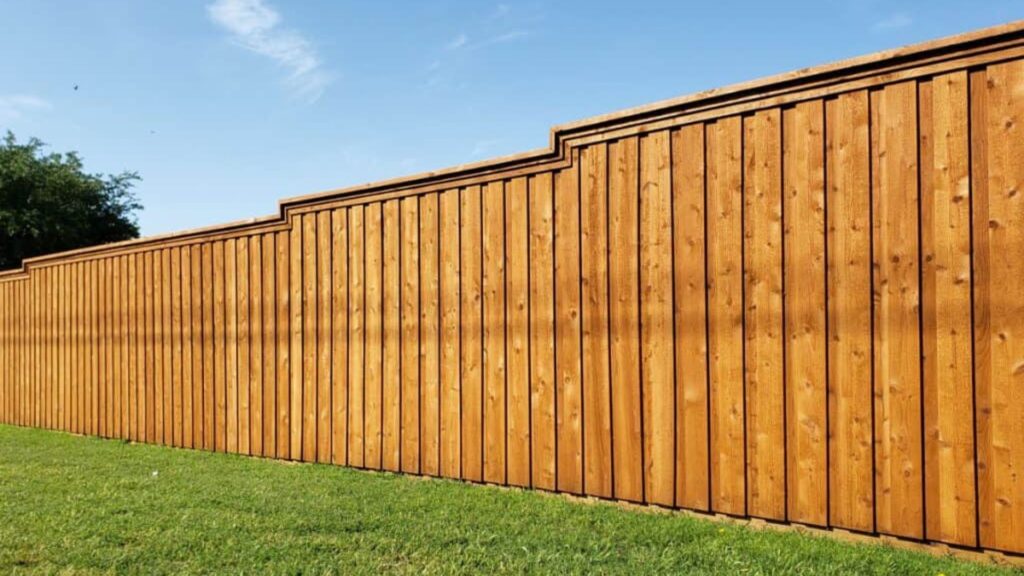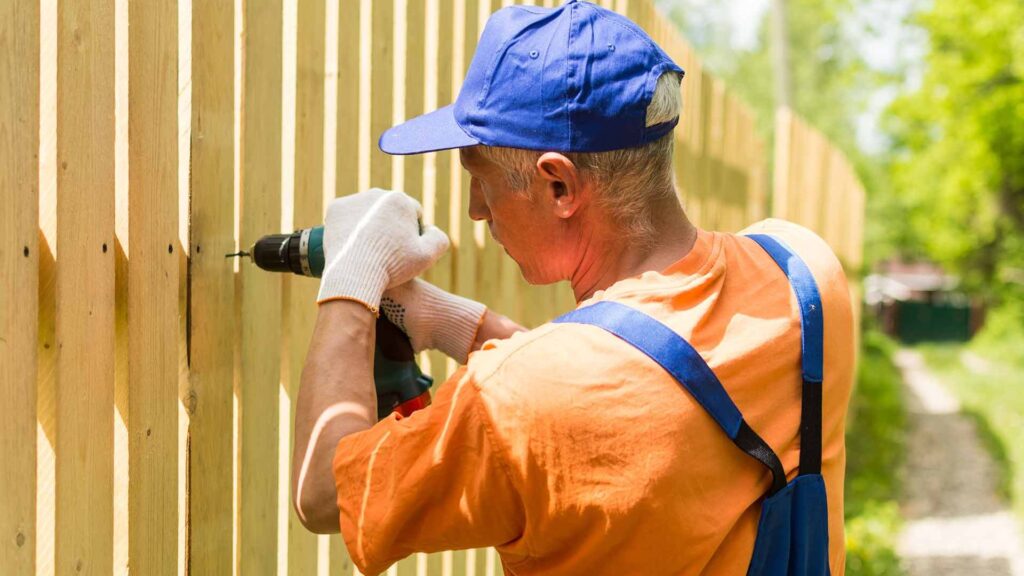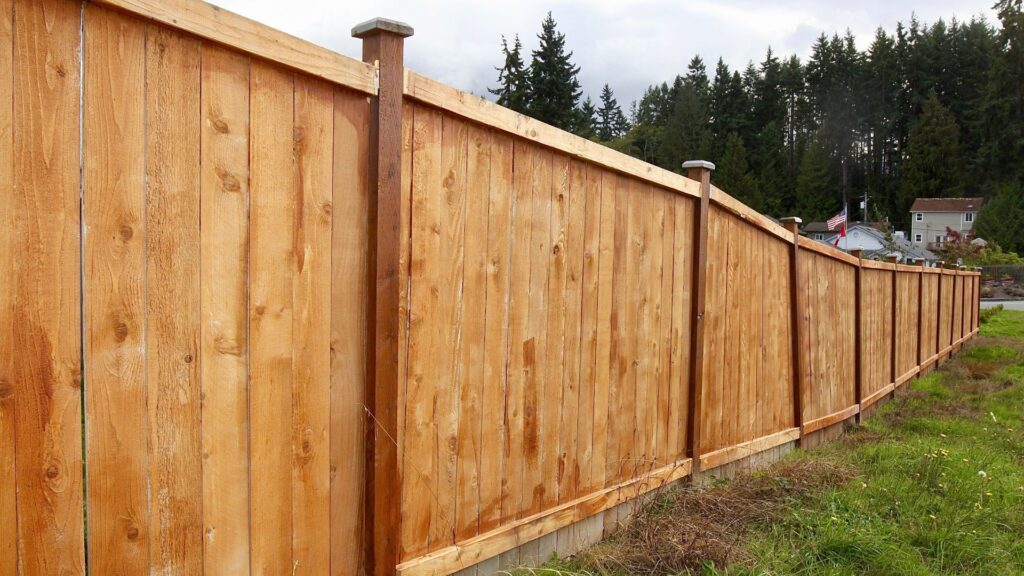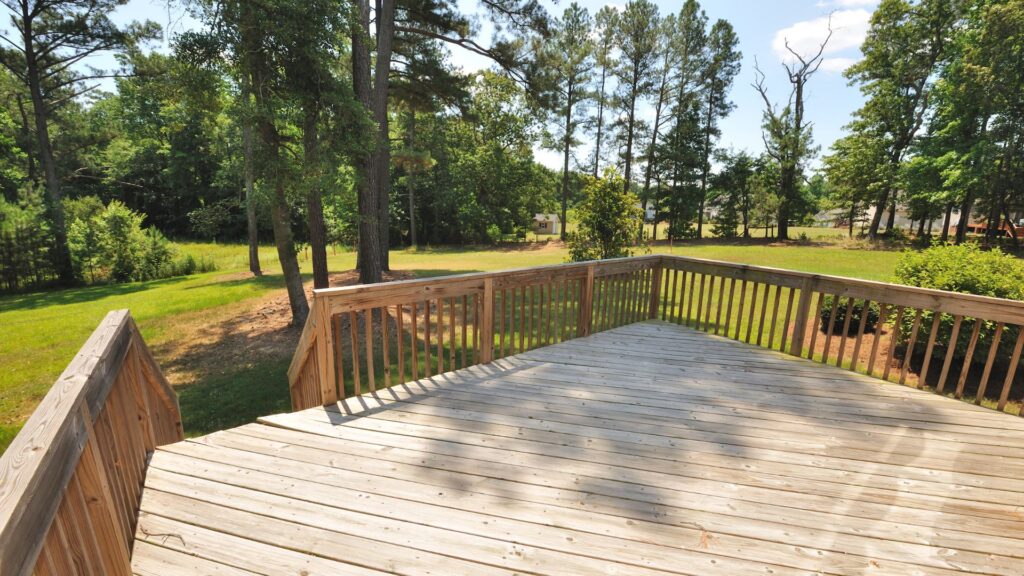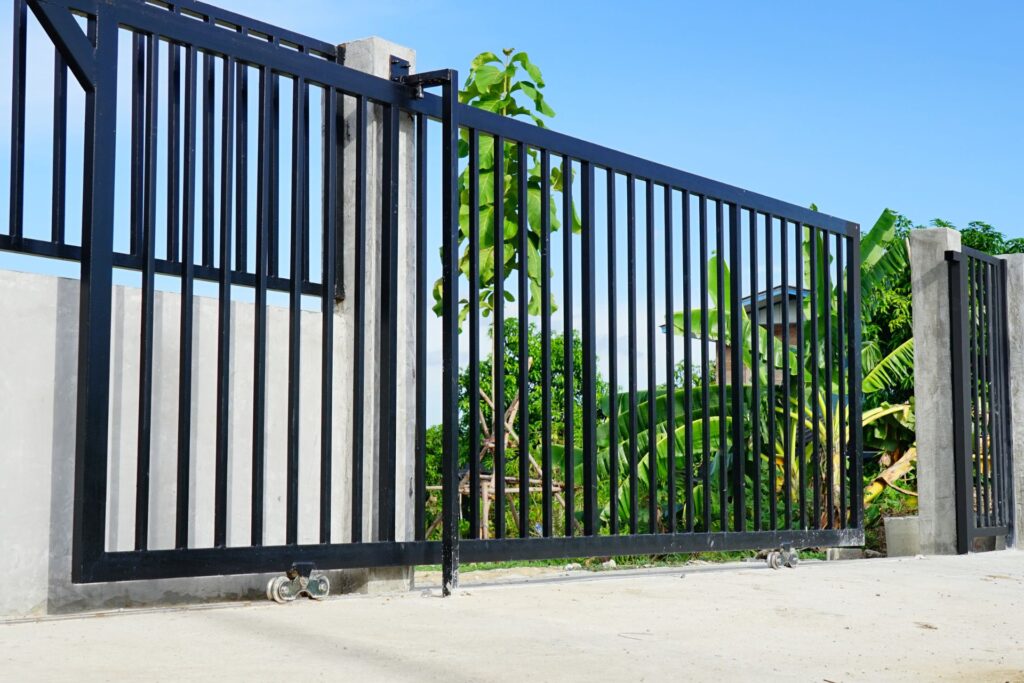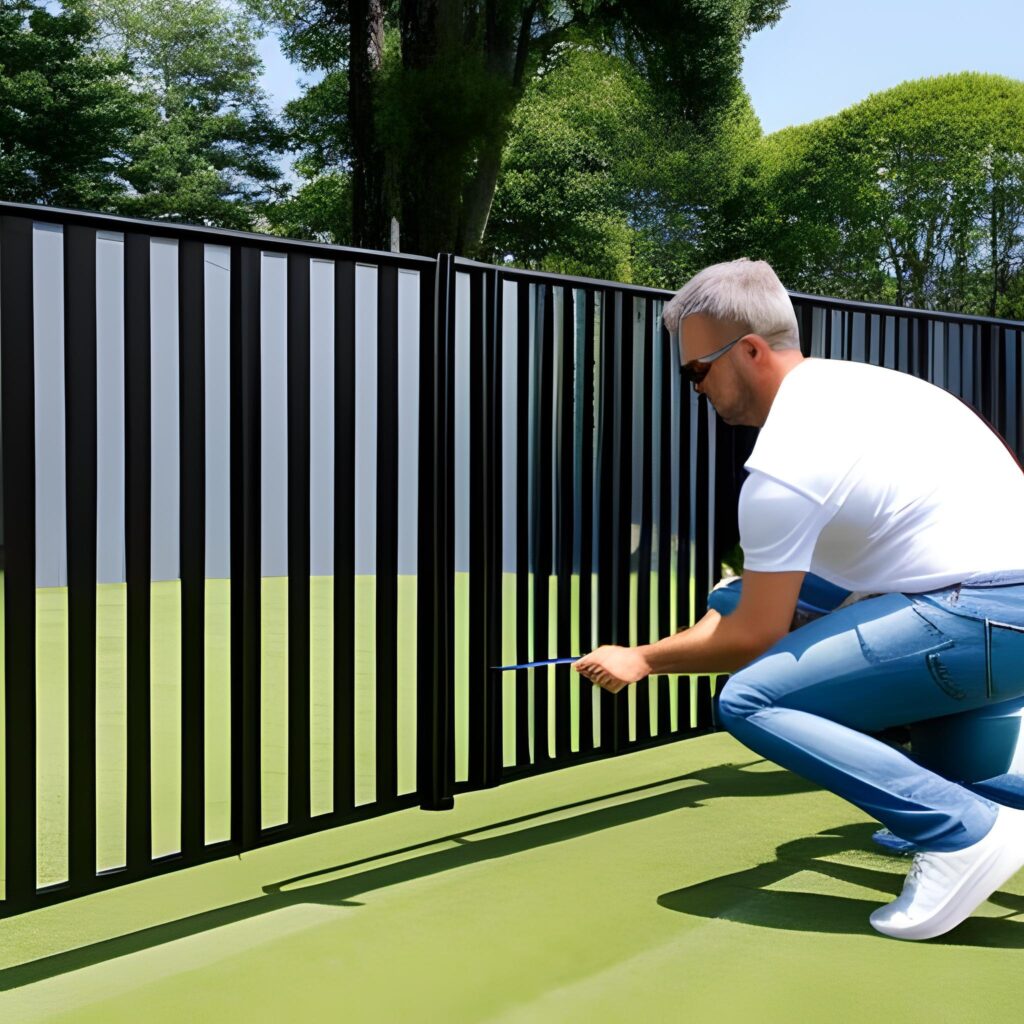Welcome to our comprehensive guide on navigating the guidelines for building fences on shared driveways in New Zealand. This topic, crucial for many homeowners, involves more than just selecting the right materials or designs; it’s about understanding legal requirements, effective communication with neighbors, and ensuring the project enhances both your property and neighborhood harmony. We’ll explore everything from planning to construction, whether you’re embarking on a DIY project or hiring professionals, covering essential steps to comply with New Zealand’s legal standards. Join us as we dive into how to ensure your fencing project not only meets your privacy and security needs but also fosters understanding and cooperation within your community, turning barriers into bridges.
Building a fence on a shared driveway in New Zealand requires understanding legal guidelines, effective neighbor communication, and careful planning. Key steps include familiarizing yourself with the Fencing Act 1978, discussing plans with neighbors to obtain their agreement, ensuring the design meets local council regulations, and considering both privacy and accessibility. Before construction, confirm boundary lines and check for underground utilities. Opt for materials that balance aesthetics, durability, and maintenance needs. Remember, cooperation and clear communication with your neighbors are as crucial as following legal protocols, ensuring the project enhances both your property and neighborhood relations.
- Understanding Shared Driveways In NZ
- Legal Guidelines For Building Fences On Shared Driveways
- The Importance Of Communication With Neighbors
- Designing A Fence That Complements A Shared Driveway
- Practical Steps To Building Your Fence
- Enhancing Neighborly Relations
- Case Studies
- Additional Resources
- FAQs: About Guidelines For Building Fences On Shared Driveways In NZ
- Conclusion
Understanding Shared Driveways In NZ
Shared driveways are a common feature in New Zealand, offering a practical solution for access to multiple properties on subdivided land or in closely packed residential areas. This guide aims to delve into the concept of shared driveways in NZ, highlighting their significance, common characteristics, and the impact they have on property owners.
What are Shared Driveways?
A shared driveway in New Zealand refers to a common pathway or road that provides access to two or more properties. It’s a piece of land that doesn’t belong to a single property owner but rather is used collectively by several homeowners. These driveways are especially prevalent in urban and suburban areas where space is at a premium, allowing for efficient use of land and facilitating access to homes, garages, or backyards that would otherwise be difficult to reach.
Common Features of Shared Driveways
Shared driveways typically come with a set of characteristics designed to maximize functionality and ensure fair use among all parties. These features often include:
Joint Ownership: Unlike a standard driveway that is owned by an individual, a shared driveway is co-owned by all the property owners who have access rights to it.
Legal Agreements: There are usually legal agreements in place that outline the responsibilities, rights, and obligations of each owner. This might include maintenance duties, cost-sharing arrangements, and usage guidelines.
Designated Access Points: To facilitate easy access, shared driveways are designed with specific entry and exit points for the properties they serve.
Shared Maintenance Responsibilities: Maintenance and repair costs are typically shared among the property owners. The specifics of these arrangements are often detailed in the legal agreements binding the owners.
The Importance of Shared Access
The concept of shared access through driveways holds considerable importance for property owners in New Zealand for several reasons:
Efficient Land Use: Shared driveways enable a more efficient use of land, allowing for more properties to be developed in a given area. This is particularly beneficial in urban settings where space is limited.
Cost-Effective Solutions: By sharing the responsibility for maintenance and repairs, property owners can enjoy cost savings compared to owning a private driveway. This collective approach to upkeep can lead to more economical and efficient management of the access way.
Enhances Property Accessibility: For properties that are situated at the rear of another or those without direct street frontage, a shared driveway provides essential access, potentially increasing the property’s value and appeal.
Impact on Property Owners
While shared driveways offer numerous benefits, they also require property owners to navigate shared responsibilities and cooperation. The success of these shared spaces heavily relies on clear communication, mutual respect, and adherence to agreed-upon rules and responsibilities. Disputes can arise, particularly regarding maintenance costs, changes to the driveway, or issues of access. Hence, having a clear and comprehensive legal agreement is crucial to prevent misunderstandings and ensure the smooth operation of the shared driveway.
In conclusion, shared driveways in New Zealand are a testament to practical and cooperative living, embodying an efficient use of space and resources. For property owners, understanding the intricacies of shared driveways, from their common features to the importance of shared access, is essential. It not only aids in harmonious coexistence but also ensures that the benefits of such arrangements are maximized for all involved.

Legal Guidelines For Building Fences On Shared Driveways
When it comes to enhancing the privacy and security of your property, building a fence can be a significant step. However, the task becomes more nuanced when this fence borders a shared driveway. This scenario requires a careful approach, guided by legal frameworks and mutual agreements, to ensure that all parties’ rights and preferences are respected. In this detailed guide, we’ll explore the intricacies of navigating the legal landscape for erecting fences along shared driveways, highlighting essential steps and considerations.
Understanding the Fencing Act 1978
The Fencing Act 1978 stands as a cornerstone in understanding the legalities surrounding fence construction, especially in shared spaces like driveways. This legislation outlines the rights and responsibilities of property owners, emphasizing the importance of mutual agreement and fair contribution towards the construction and maintenance of boundary fences. For shared driveways, this act is particularly relevant, as it helps define how neighbors can collaboratively approach the idea of erecting a fence, ensuring that both parties’ interests are safeguarded.
The Importance of a Boundary Survey
Before any construction begins, identifying the precise boundary lines is crucial. A boundary survey serves this purpose, providing a professional assessment that delineates the property limits. This step is not just a legal requirement but a practical necessity to avoid disputes and ensure the fence is built on the correct premises. Engaging a licensed surveyor can facilitate this process, offering clarity and official documentation that outlines the property lines, which is especially beneficial in the context of shared driveways where the exact dividing line may not be apparent.
Seeking Permission: Navigating Council Regulations and Neighbor Agreements
Building a fence around a shared driveway is not a decision to be taken unilaterally. It involves a series of permissions and regulations, starting with local council guidelines. Most councils have specific regulations regarding fence heights, materials, and designs, especially in shared areas. Obtaining the necessary permits ensures that the fence complies with local bylaws and zoning regulations, preventing potential legal complications.
Equally important is securing an agreement with your neighbor. This involves clear communication and, ideally, a written agreement that outlines each party’s responsibilities and expectations. This document can cover aspects such as maintenance duties, costs, and any specific design preferences, ensuring a harmonious and legally sound outcome.
Key Legal Considerations: Height Restrictions, Visibility, and Access
Several legal considerations come into play when erecting a fence on a shared driveway. Height restrictions are a common regulation, intended to ensure safety and maintain an open feel within the community. Moreover, visibility is a critical factor; fences should not obstruct the line of sight for drivers or pedestrians, especially at corners or bends within the driveway.
Access is another vital aspect. The fence design must accommodate easy access for both properties, ensuring that the shared driveway continues to serve its purpose efficiently. This may involve designing gates or removable sections that allow for vehicle passage and emergency access when necessary.
Building a fence on a shared driveway is a process that requires careful planning and adherence to legal guidelines. By understanding the relevance of the Fencing Act 1978, conducting a boundary survey, navigating the permission process, and considering key legal aspects such as height, visibility, and access, property owners can ensure a smooth and compliant construction process. Most importantly, open communication and collaboration with neighbors can pave the way for a successful project that enhances both privacy and security while respecting mutual interests.
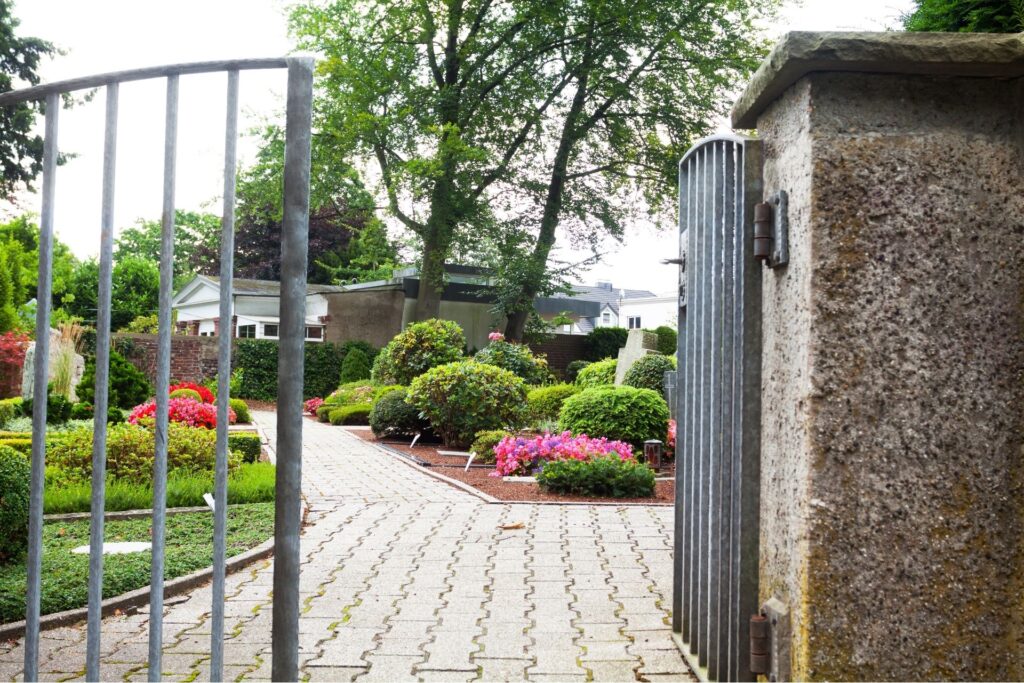
The Importance Of Communication With Neighbors
Navigating the dynamics of neighborly relations can be as complex as it is crucial. Among the myriad aspects of these interactions, one stands out due to its frequent occurrence and potential for conflict: communication about property boundaries and shared spaces. This guide delves into the essentials of communicating with neighbors, specifically focusing on the intricacies of building a fence, the importance of written agreements, and strategies for amicable dispute resolution.
Approaching Your Neighbor About Building a Fence
Building a fence is more than just a home improvement project; it’s a change that affects your property and your neighbors. The key to a smooth process lies in early and open communication. Start by informing your neighbor of your intentions well before any construction begins. This isn’t just courteous; it’s strategic, fostering a collaborative environment. Here are a few tips:
Initiate the conversation early: Give your neighbor ample time to process the information and provide feedback.
Be clear and transparent: Share your reasons for building the fence, whether it’s for privacy, security, or aesthetic purposes.
Seek their input: Although the decision may ultimately be yours, involving your neighbor can lead to valuable insights and foster goodwill.
Discuss design and costs: If the fence will benefit both parties, consider discussing a cost-sharing arrangement.
The Role of Written Agreements
While verbal agreements can be convenient, they’re not without their pitfalls. Memories can fade, and misunderstandings can arise, leading to potential disputes. This is where written agreements come into play, serving as a clear, unambiguous record of what has been decided. Here’s why they’re beneficial:
Clarity: Written agreements provide explicit details on the fence’s design, location, maintenance responsibilities, and cost-sharing arrangements if any.
Legality: In some jurisdictions, agreements related to property boundaries and shared structures may have legal implications, making a written document essential.
Peace of mind: Having a formal agreement can prevent future disputes and ensure that both parties are committed to the terms discussed.
Resolving Disputes Amicably and Seeking Mediation
Despite the best efforts, disputes may still arise. The goal should always be to resolve these issues amicably before resorting to legal measures. Here are steps to take:
Revisit the agreement: If a written agreement was made, review it together to clarify misunderstandings.
Communicate openly: Often, disputes stem from miscommunications. A calm, open conversation can resolve many issues.
Seek mediation: If direct communication doesn’t resolve the dispute, consider mediation. A neutral third party can facilitate a fair solution without the need for legal action. Mediation is less adversarial and can preserve the neighborly relationship.
Effective communication with your neighbors is paramount, especially when it comes to changes that affect shared property boundaries, like building a fence. By approaching conversations with empathy, ensuring agreements are documented, and opting for amicable dispute resolution, you can maintain a harmonious relationship with your neighbors. Remember, the foundation of a peaceful neighborhood lies in the respect and understanding between its residents.
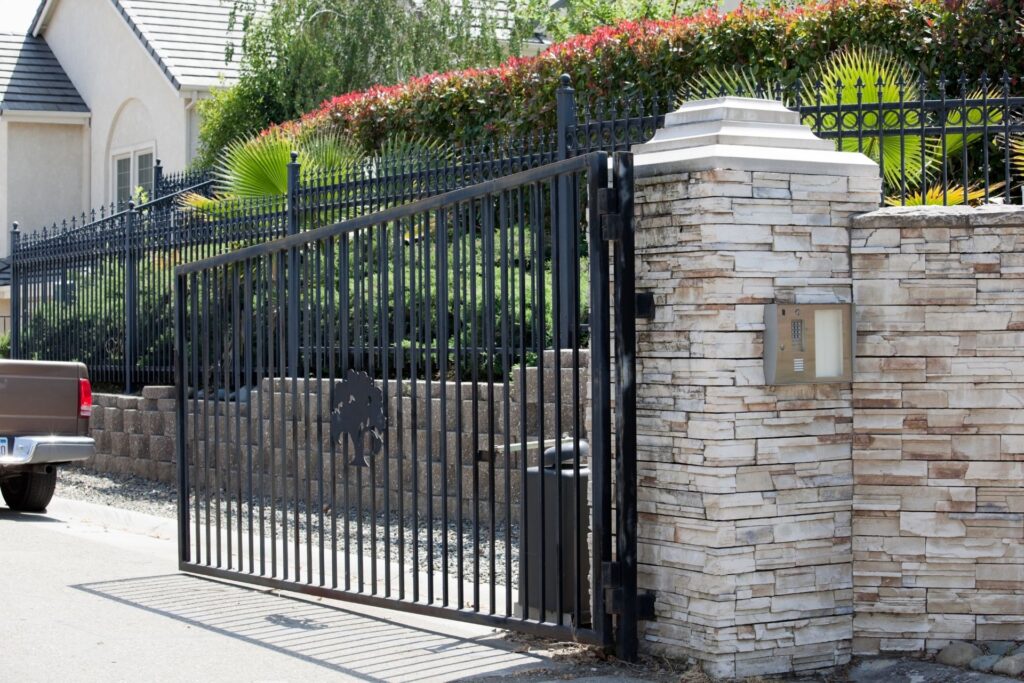
Designing A Fence That Complements A Shared Driveway
When it comes to enhancing the appeal and functionality of your property, especially with a shared driveway, the addition of a well-designed fence can make a significant difference. Not only does it delineate boundaries clearly, but it also adds a layer of security, privacy, and aesthetic value to your home. In this detailed guide, we’ll walk through the essential factors to consider when designing a fence that harmonizes with a shared driveway, including aesthetics, durability, maintenance, and security. Plus, we’ll delve into some popular fencing materials and how to strike the perfect balance between privacy and accessibility.
Factors to Consider
Aesthetics: The design of your fence should complement the architectural style of your home and the surrounding landscape. A fence that blends well with the environment and the properties sharing the driveway can enhance the overall curb appeal. Consider the color, design, and material of the fence in relation to both your home and your neighbor’s to achieve a cohesive look.
Durability: Given that the fence will be exposed to the elements and possibly frequent use, choosing a material that stands the test of time is crucial. It should withstand various weather conditions and potential impacts from vehicles. Durability ensures that your fence remains functional and attractive for years to come.
Maintenance: Opt for materials that require minimal upkeep to keep your fence looking its best with little effort. Some materials may need regular treatment or painting, while others are virtually maintenance-free. Considering the maintenance level can save you time and money in the long run.
Security: A fence around a shared driveway should provide a sense of security for both properties. It can deter unauthorized access and provide a safe boundary for children and pets. The height and design of the fence can play a significant role in its effectiveness as a security feature.
Popular Fencing Materials
Several materials are well-suited for fences around shared driveways, each with its unique benefits:
Wood: Offers a classic and natural look, with versatility in design and color. However, it requires regular maintenance to prevent rot and termite damage.
Vinyl: A low-maintenance alternative to wood that can mimic its appearance. It’s durable, easy to clean, and resistant to weathering.
Aluminum or Steel: Metal fences provide durability and security with minimal maintenance. They can be designed to offer a decorative touch while still ensuring safety.
Composite: Made from a blend of wood fibers and plastics, composite fencing offers the look of wood without extensive upkeep. It’s durable and resistant to rot and pests.
Balancing Privacy and Accessibility
Finding the middle ground between privacy and accessibility is crucial, especially for shared driveways. The fence should provide enough privacy to make both households feel comfortable while not completely blocking access or the view of the neighborhood. Consider fencing options that allow for some visibility, such as slats spaced apart or lower fence heights, ensuring that the fence serves its purpose without creating a barrier or feeling of isolation.
In conclusion, designing a fence for a shared driveway involves careful consideration of aesthetics, durability, maintenance, and security. By selecting the right materials and striking a balance between privacy and accessibility, you can create a fence that not only meets practical needs but also enhances the overall look and feel of the properties involved. This thoughtful approach ensures that your fence will be a valuable addition to your shared driveway, contributing to a harmonious and secure living environment.
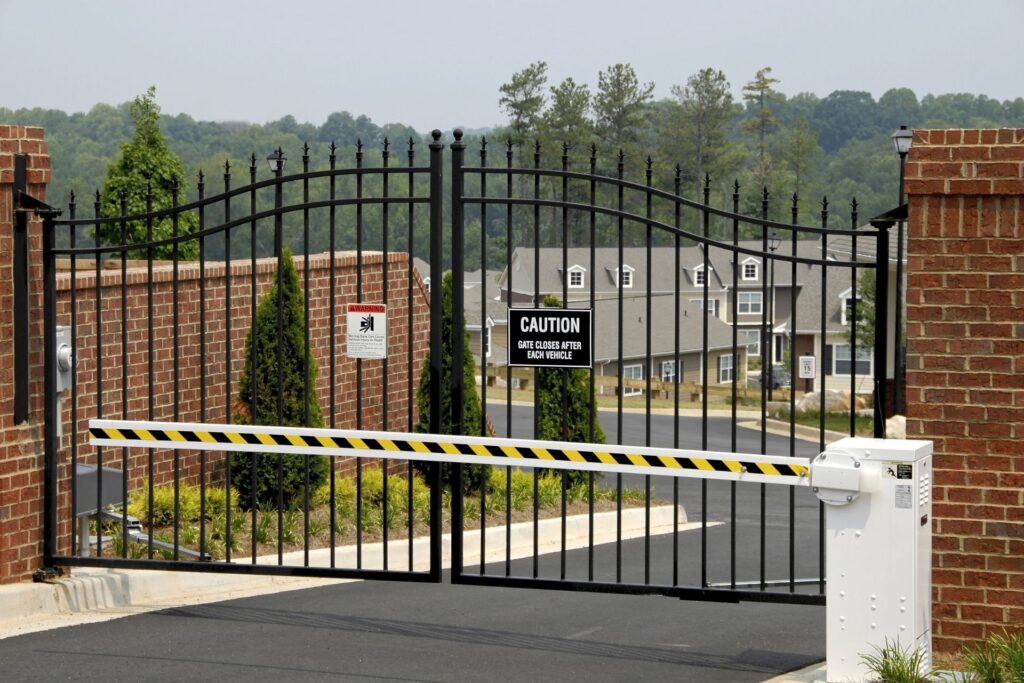
Practical Steps To Building Your Fence
In the quest to enhance privacy, security, and aesthetic appeal around our homes, building a fence is a project many of us consider undertaking. However, when it comes to a shared driveway, the task demands an extra layer of careful planning and consideration. This comprehensive guide is dedicated to walking you through the practical steps to constructing a fence on a shared driveway, ensuring a smooth, successful completion of your fencing project.
Pre-Construction Considerations
Before diving into the construction process, it’s crucial to address several pre-construction considerations to lay a solid foundation for your project.
Check for Utility Lines
One of the first steps in your pre-construction phase should be to identify and mark any underground utility lines. This precaution prevents potential damage to utility services, which can be costly and dangerous. Contacting your local utility companies will usually result in a free service where they mark out the lines for you.
Understand Property Lines
Equally important is the need to clearly understand your property lines. Building a fence on a shared driveway means you’re working closely with your neighbor’s property, and it’s essential to ensure that the fence is constructed within legal boundaries. Consulting with a surveyor or reviewing your property deed can provide precise information on property lines.
Choosing the Right Contractor or DIY Tips
Hiring a Professional
For those who prefer to hire a professional, selecting the right contractor is vital. Look for experienced, licensed, and insured contractors with a solid reputation in fence construction. Don’t hesitate to ask for references and photos of previous work. It’s also advisable to get multiple quotes to ensure you receive the best service at a fair price.
DIY Considerations
If you’re leaning towards a DIY approach, thorough preparation is key. Educate yourself on the types of materials available, and their benefits and drawbacks. Additionally, investing time in watching tutorial videos, attending workshops, or consulting with experts at your local hardware store can pay off significantly in the smooth execution of your project.
Safety Precautions and Construction Best Practices
Whether you decide to hire a contractor or undertake the project yourself, safety should always be a top priority. Here are some safety precautions and construction best practices to keep in mind:
Wear Appropriate Safety Gear: Always wear safety glasses, gloves, and appropriate footwear when working on your fence.
Follow Local Building Codes: Ensure your fence design meets all local building codes and regulations, including height restrictions and design guidelines.
Communicate with Your Neighbor: Since the driveway is shared, maintaining open and positive communication with your neighbor is crucial. Discuss the project plans, timelines, and any disruptions that may occur during the construction process.
Quality Materials and Tools: Use high-quality materials and the right tools for the job. This not only makes the construction process easier but also ensures the longevity and durability of your fence.
Building a fence on a shared driveway doesn’t have to be a daunting task. With careful planning, the right resources, and a collaborative approach, you can successfully enhance the privacy and beauty of your home. Remember, the key to a successful fence project lies in thorough preparation and clear communication, ensuring that all parties involved are satisfied with the outcome.
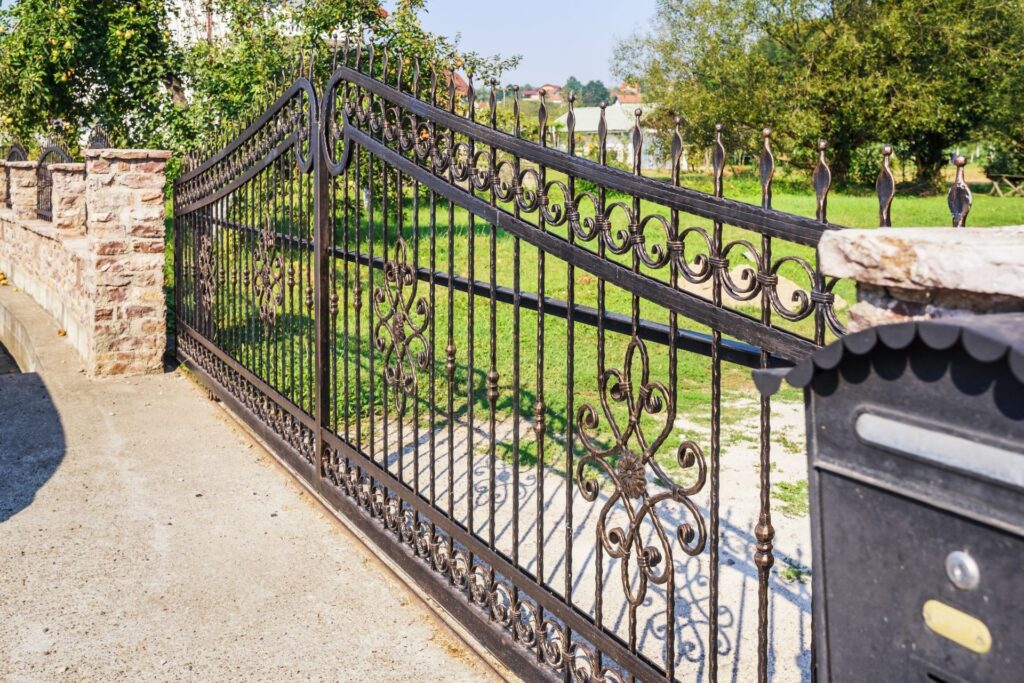
Enhancing Neighborly Relations
Building a fence might seem like a straightforward task focused solely on marking your property’s boundaries or enhancing its security. However, the process extends beyond the mere physical construction, weaving into the delicate fabric of neighborly relations. In this comprehensive guide, we delve into the importance of maintaining positive relationships with your neighbors during and after your fence construction. We also offer invaluable tips for ongoing fence maintenance and navigating shared responsibilities, ensuring a harmonious community atmosphere.
The Importance of Good Neighborly Relations
Maintaining good relationships with your neighbors is crucial, especially during and after the construction of a fence. A fence can significantly impact not only the aesthetics of the neighborhood but also the dynamics between neighbors. Positive interactions can lead to a supportive and friendly community, whereas misunderstandings or conflicts may result in an uncomfortable living environment. Hence, approaching fence construction with consideration and transparency is essential.
Communicating your plans for building a fence to your neighbors before the construction begins is a respectful and wise step. This gesture not only demonstrates your regard for their opinions but also opens the door for discussions about boundaries, aesthetics, and any potential concerns. It’s an opportunity to foster trust and mutual respect, laying a solid foundation for ongoing positive relations.
Tips for Ongoing Fence Maintenance and Shared Responsibilities
Once your fence is up, the story doesn’t end there. Proper maintenance is key to ensuring your fence remains a source of pride and does not become a point of contention. Here are some tips to keep in mind:
Regular Checks and Repairs: Periodically inspect the fence for any damage or wear and tear. Addressing issues promptly can prevent minor problems from escalating into major disputes.
Clear Communication: If maintenance issues involve shared fences or boundaries, communicate openly and honestly with your neighbors. Discussing the problem and potential solutions together can strengthen your relationship and lead to a mutually beneficial outcome.
Shared Costs: For fences that sit on the boundary line, consider sharing the costs of maintenance and repairs. This approach fosters a sense of shared responsibility and fairness, reinforcing the bond between neighbors.
Respecting Boundaries: Always respect the agreed-upon boundaries. Encroaching on your neighbor’s property, even unintentionally, can lead to disputes. If you’re unsure about the boundaries, refer back to property documents or consider getting a survey done.
Aesthetic Harmony: While personal tastes vary, trying to maintain a level of aesthetic harmony can go a long way in keeping the peace. Before making significant changes, a friendly chat with your neighbors can prevent any potential issues.
In essence, the construction and maintenance of a fence are more than just practical tasks; they are opportunities to enhance neighborly relations and contribute to a positive community spirit. By approaching these processes with respect, transparency, and a willingness to communicate, you can ensure that your fence serves not only as a boundary but as a bridge between you and your neighbors. Remember, a fence can either divide or define a community and with the right approach, it can become a testament to strong neighborly bonds.
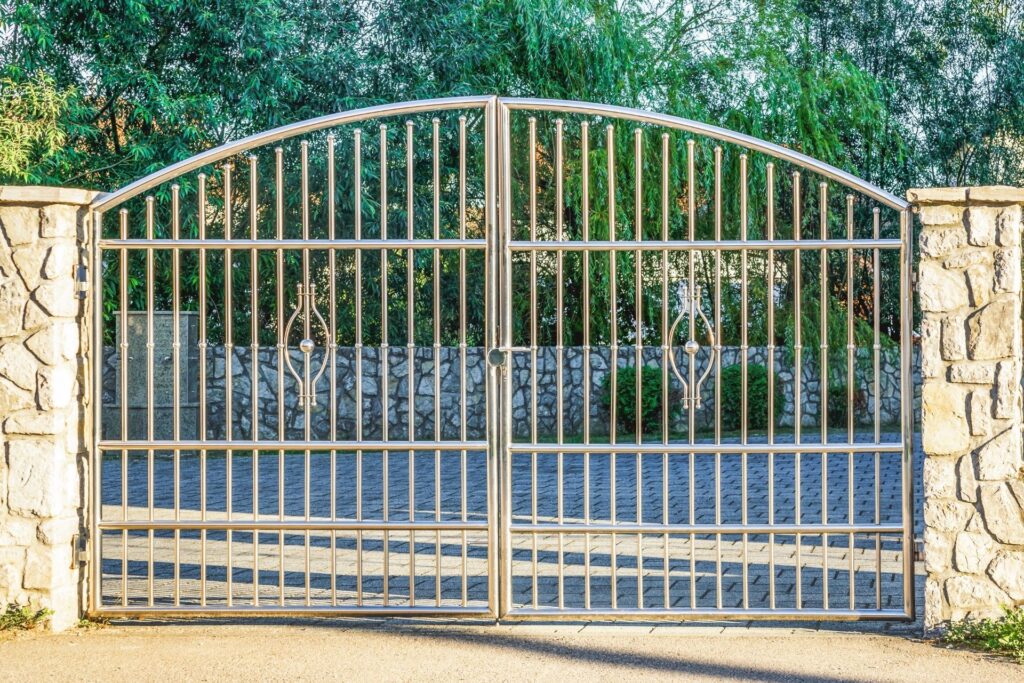
Case Studies
Let’s explore the experiences of homeowners in NZ who have successfully navigated the challenges of erecting fences on shared driveways, highlighting the lessons learned and tips gleaned from their journeys. This guide aims to equip homeowners with the knowledge and strategies needed to manage their projects effectively, fostering good neighborly relations and achieving their goals.
Introduction to Building Fences on Shared Driveways in NZ
Building fences on shared driveways in New Zealand is a scenario many homeowners may face. It involves a unique set of challenges, including navigating legal requirements, obtaining consent from neighbors, and choosing designs that meet both functional and aesthetic needs. Understanding the complexities involved is crucial for a successful outcome.
Real-Life Examples
Example 1: The Consent Journey
One homeowner in Auckland embarked on a project to build a fence for added privacy and security. The key takeaway from this experience was the importance of early communication with neighbors. By discussing their plans, they not only received valuable input but also avoided potential disputes. They also learned the importance of understanding local council regulations and securing the necessary consent before proceeding, which ensured the project met legal requirements.
Example 2: Design and Collaboration
Another case involved a homeowner in Christchurch who wanted to erect a fence on a shared driveway for safety reasons. The challenge was finding a design that suited both parties’ needs. Through collaboration, they chose a fence style that provided safety without compromising access or aesthetic appeal. This process highlighted the value of compromise and the benefits of involving a professional designer or architect to navigate these complex decisions.
Lessons Learned
Communication is Key: Engage in open and honest conversations with your neighbors from the outset. This can prevent misunderstandings and build a cooperative relationship.
Understand Legal Obligations: Familiarize yourself with local council regulations and obtain the necessary consent. This ensures your project is compliant and avoids legal complications.
Consider Design Carefully: Choose a fence design that meets your needs while also considering the impact on your neighbors and the shared space. Collaboration can lead to creative solutions that satisfy all parties.
Plan for the Future: Think about long-term maintenance and how the fence will serve your shared space over time. A well-thought-out plan can save time, money, and hassle in the future.
Tips for Success
Start with Research: Before initiating any conversations or plans, thoroughly research your local council’s guidelines and legal requirements.
Seek Professional Advice: Consulting with professionals such as architects, designers, or legal advisors can provide clarity and direction.
Document Everything: Keep detailed records of agreements, consents, and plans. This documentation can be invaluable if disputes arise.
Be Patient and Flexible: These projects can take time, and being open to compromise can lead to more harmonious and successful outcomes.
In conclusion, building a fence on a shared driveway in NZ can be a complex undertaking, but with the right approach and preparation, it is entirely achievable. By learning from the experiences of others, homeowners can navigate these challenges with confidence, ensuring their projects are successful and beneficial for all involved. This guide provides a roadmap for those looking to embark on this journey, offering insights and strategies that pave the way for positive results.

Additional Resources
Embarking on a new project brings its own set of challenges and questions. Whether you’re entangled in the intricacies of legal requirements, in search of that elusive spark of design inspiration, or on the lookout for practical DIY guides, having a handy list of resources can significantly ease your journey. Let’s dive into a meticulously curated selection of resources designed to streamline your project, along with tips to ensure you remain well-informed.
Legal Advice You Can Rely On
The internet offers a myriad of platforms for legal advice, catering to a wide range of needs from entrepreneurial ventures to personal projects. Consider starting with platforms known for providing a broad spectrum of legal services online, or sites that specialize in legal articles, guides, and do-it-yourself legal forms. These resources are particularly valuable for demystifying legal terminology and making law more accessible to non-specialists. For intricate legal matters, though, consulting a legal professional is advisable.
Design Inspiration to Spark Your Creativity
If you’re seeking design inspiration, numerous online platforms feature millions of ideas spanning interior decor, graphic design, and more. Look for communities where top designers and artists showcase their work; these can be fantastic sources of inspiration for your next project. Websites that allow designers to share their projects and processes are especially useful for graphic and visual design ideas.
DIY Guides for Hands-On Enthusiasts
For those who love the satisfaction of doing it themselves, there’s no shortage of online guides, tutorials, and videos. Explore websites offering step-by-step instructions on a wide range of projects, from crafting to electronics, or platforms dedicated to home improvement and renovation projects. Additionally, video-sharing platforms are invaluable for how-to videos on virtually anything you can imagine, including home repairs and creative crafting.
Local Councils: A Resource Closer to Home
Your local council can be an excellent resource for information and support, particularly regarding specific regulations, permits, and community resources. Whether you’re planning a construction project, starting a new business, or organizing a community event, getting in touch with your local council can provide tailored advice and guidance. This ensures your project aligns with local laws and regulations.
Leveraging these resources can greatly enhance the success and quality of your project. By seeking out expert legal advice, immersing yourself in design inspiration, mastering DIY skills with comprehensive guides, and utilizing local insights, you’re well-equipped to face any project challenge head-on.
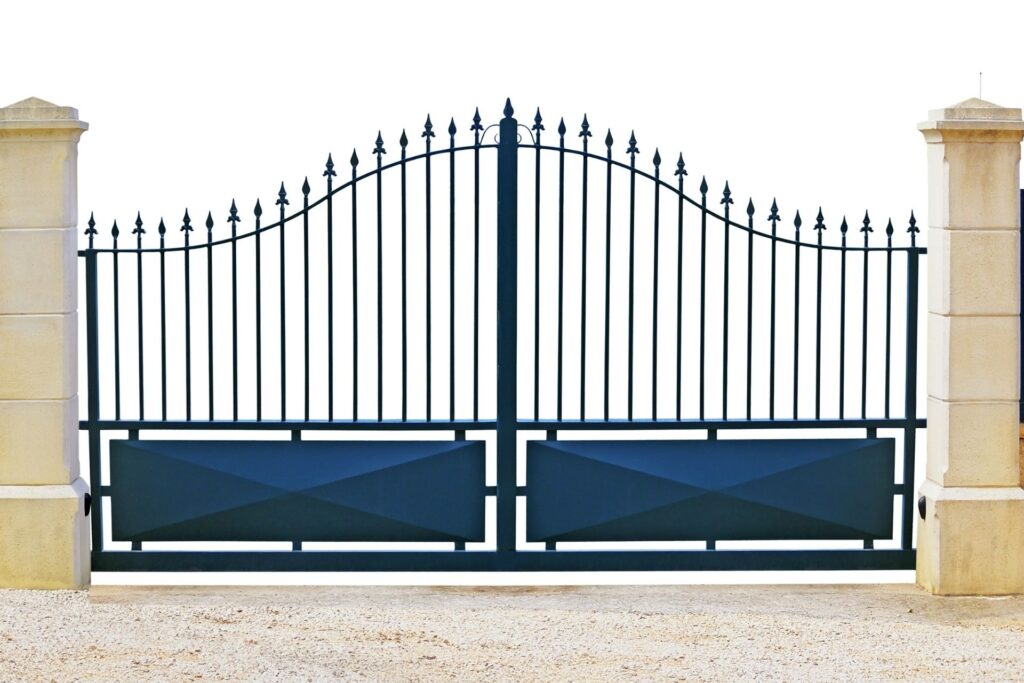
FAQs: About Guidelines For Building Fences On Shared Driveways In NZ
Conclusion
Understanding and adhering to the specific guidelines for building fences on shared driveways in New Zealand is paramount, not only for legal compliance but for maintaining harmonious relationships between neighbors. This exploration underscores the significance of being well-informed about the Fencing Act and local council regulations, which outline mutual responsibilities and dispute resolution methods.
Equally crucial is the emphasis on cooperation and communication, which forms the bedrock of any successful shared project. Open, honest dialogue, mutual respect, and a willingness to find common ground can transform a potentially challenging process into an opportunity to strengthen community ties.
By navigating the complexities of legal requirements with a spirit of collaboration, neighbors can ensure that their fencing projects are not just about erecting barriers but about building stronger, more connected communities. This approach not only smooths the path to a successful project but also fosters a positive, cooperative neighborhood environment, highlighting that the journey together is as important as the physical construction itself.
About the Author:
Mike Veail is a recognized digital marketing expert with over 6 years of experience in helping tradespeople and small businesses thrive online. A former quantity surveyor, Mike combines deep industry knowledge with hands-on expertise in SEO and Google Ads. His marketing strategies are tailored to the specific needs of the trades sector, helping businesses increase visibility and generate more leads through proven, ethical methods.
Mike has successfully partnered with numerous companies, establishing a track record of delivering measurable results. His work has been featured across various platforms that showcase his expertise in lead generation and online marketing for the trades sector.
Learn more about Mike's experience and services at https://theleadguy.online or follow him on social media:



